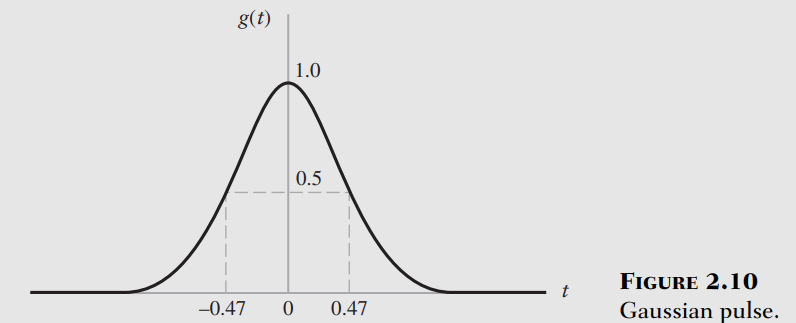Properties of The Fourier Transform
Linearity (Superposition)
Let
Proof
From the linearity of integrals
Dilation
Let
Proof
Intuition
From this we can verify our earlier claims from last lecture that “A pulse narrow in time has a wide range of frequencies and a function defined over a lot of time has a narrow frequency range”
Reflection (Special Case of Dilation)
Let
Conjugation Rule
Let
Proof
Duality
If
Proof
Time Shifting
If
Proof
Intuition
Shifting
Frequency Shifting
If
Proof
Intuition
By rotating
Area Under
If
Proof
Set
Area Under
If
Proof
Set
Differentiation in the Time Domain
Let
Proof
Take the derivative of the synthesis equation.
Integration in the Time Domain
If
Proof
Intuition
Integration in the time domain reduces the amplitude of the Fourier transform in the frequency domain by a factor of
Modulation Theorem
If
Proof
-
Start with the Fourier transform of the product
: where:
-
Substitute the Fourier transform of
into the integral: giving:
-
Rearrange and define
: After interchanging the order of integration and simplifying:
Practical Implication
In communication systems, this property shows that multiplying signals in the time domain spreads their spectra in the frequency domain, which is key in understanding signal processing and transmission.
Convolution Theorem
If
Duality with Modulation Theorem
Note that Properties 11 and 12, described by Eqs. (2.49) and (2.51), respectively, are duals of each other.
Correlation Theorem
Let
Rayleigh’s Energy Theorem
Let
Proof
Functions
Unit Gaussian Pulse
Deriving a Fourier Pair with the Same Form
Let’s differentiate the analysis equation with respect to
Now if we impose that
which is identical to our definition of
